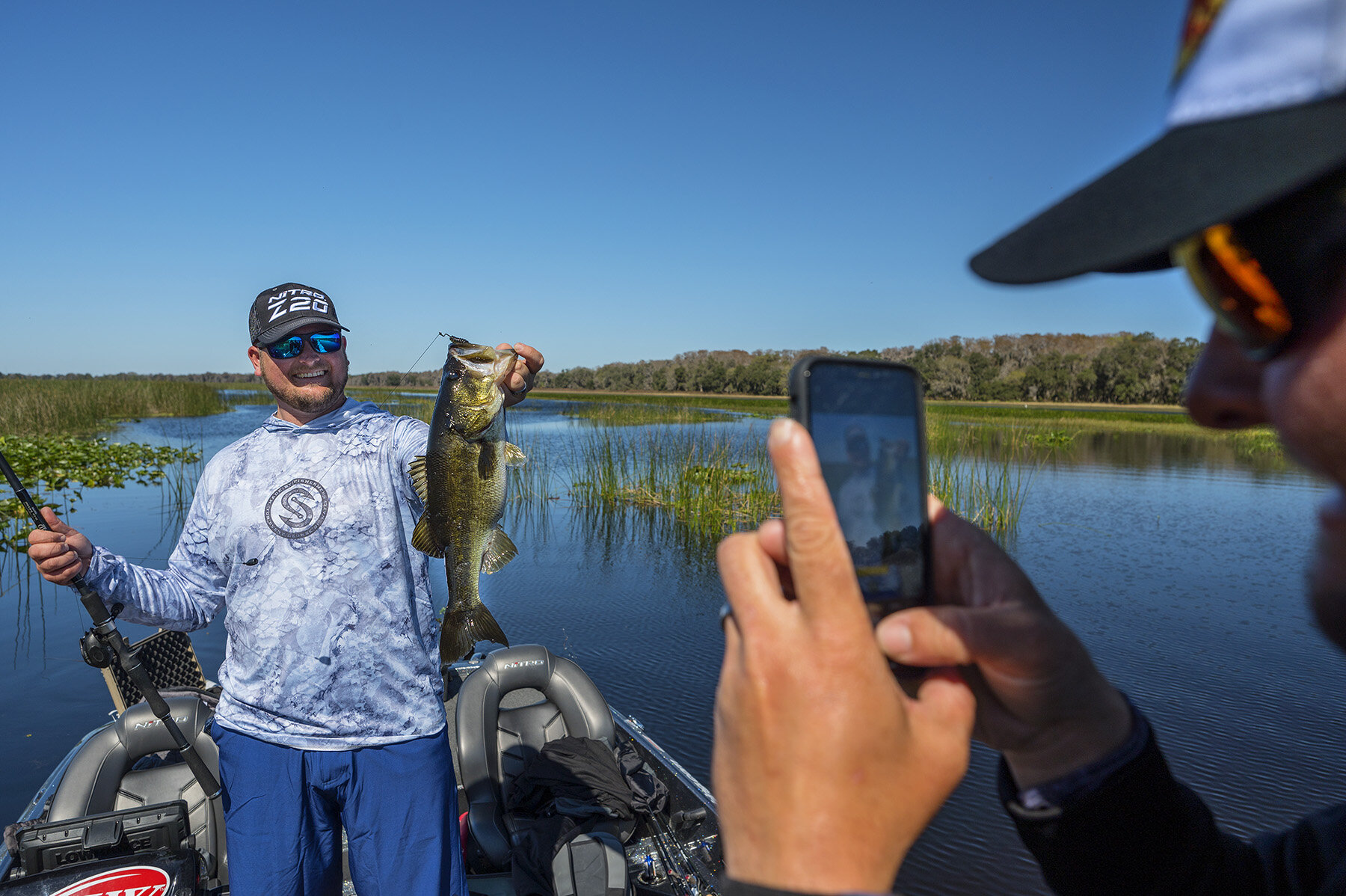Sonar's Safe Summer Boating Tips
/It felt like forever, but the wait for warmer weather is now over, and with the coming of summer conditions, comes some prime boating conditions.
I am fortunate enough to spend a bunch of time on the water throughout a year, and over my many years of boating experience, I learned to accept safety as one of my most important priorities while on the water- in fact, I should say it is THE MOST important.
Since taking the boat to the lake is likely going to be one of your top priorities too, during the next few months, here are some things to keep in mind about some safe boating practices.
Rules Of The Road
Though it might seem like driving your boat like Mad Max is completely acceptable, there is actually an equally complex set of rules for driving on the water, as there are on land. Knowing the fundamentals of the "rules of the road" when it comes to boating really is essential.
Here is a brief, and very basic, refresher course of the rules of the road while boating:
Understanding the basic "rules of the road" on the water will drastically improve safe navigation.
Remember "red, right, returning" which, in a nutshell, means that red channel buoys are on your right (starboard) side when you are returning from open water, while green markers should be on your left (port) side when returning from open water.
Always stay to the right on a channel when passing other boats- just like the driving on a street.
If a boat is coming towards you in a crossing situation, to your right, it is your responsibility to avoid them by turning right and continuing on at a safe distance behind them as they pass.
If a boat is coming towards you from the left in a crossing situation, you technically have the right of way, but still use caution as you proceed on.
Always use caution and give the right of way to boats and vessels that have less maneuverability.
Though there are many rules to follow on the water, there are also many variables that may require you to improvise, but the key to making safe decisions is to be aware of your surroundings and use extreme caution when navigating anywhere near other boats, and never assume other boaters know the rules of navigation.
The Right Stuff
I'll be honest, when I first started operating a boat when I was younger I really was quite lax on making sure I was keeping, and using, the correct safety equipment that the USCG recommends-and in many cases legally requires.
After more than a decade of working in Alaska as a fishing guide, my experiences have changed my overall attitude towards boating safety. I know theres a big difference between the perils of the icy cold waters of The Last Frontier and the bathwater of the Tennessee River, but one thing I have learned is to never underestimate any waterway, or be careless on the water. Most of the same safety gear I keep in my boat in Alaska, is the same that I use down here, and for good reason.
Here are my must-haves anytime I launch the boat:
Life Preserver (PFD): This is an obvious item, but one that many neglect to properly use. Have one for each passenger and wear them!
Class IV Throwable: A Class IV flotation device is a throwable float, usually in the form of a life ring, or square cushion.
Kill Switch: This is essentially a switch that is attached to a lanyard, where if the lanyard is pulled, the engine will shut down. You should always attach the lanyard to your person, or clip it onto your PFD. It won't work if you aren't wearing it.
Fire Extinguisher: Know where it is, know if it works, know how it works, and know how to use it!
Sound Emitting Device: Your boat's horn is of course handy for making audible distress signals, but I think you should go as far as attaching a small whistle to your PFD for good measure.
Visual Distress Signal: Whether you select flares (always a good choice for day or night) or some other sort of high visibility (usually orange in color) device, this can save you from a similar fate to Tom Hanks in that one movie.
Water: Yes, you are surrounded by it, but it's always nice not to have to drink pond water when battling dehydration. Carry several bottles of water per passenger, and be sure to drink often, because once dehydration sets in, it is very difficult to battle it.
Sun Screen: Because your momma told you so.
Protective Clothing: Wearing clothing that has SPF protection can be a much better alternative to trying to apply sunscreen every two hours. My favorite shirts are the HUK hooded sun shirts, and I also often wear Buff Gloves, and obviously never forget my Buff face mask.
Have a USCG approved PFD for all your precious cargo!
In the end, I know many of these things on this list are cliche, and things you have heard before, but as your friend, I feel they merit mentioning again, because having a fun time on the water is the goal for everyone during the summer, and theres nothing fun about having an incident, that could have been prevented, put a damper on your outing.
Have fun in the sun this summer, and BE SAFE!
-Sonar

















